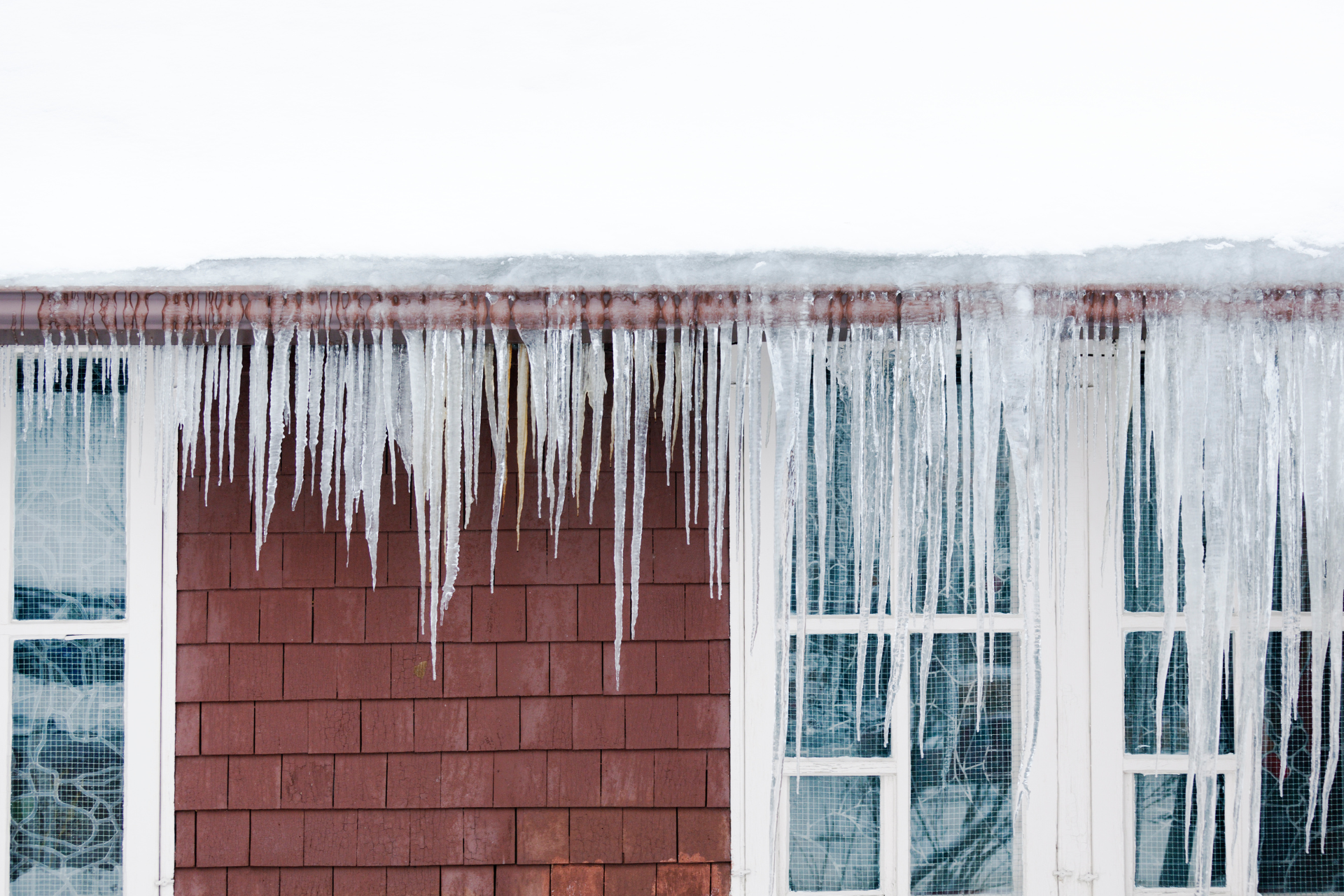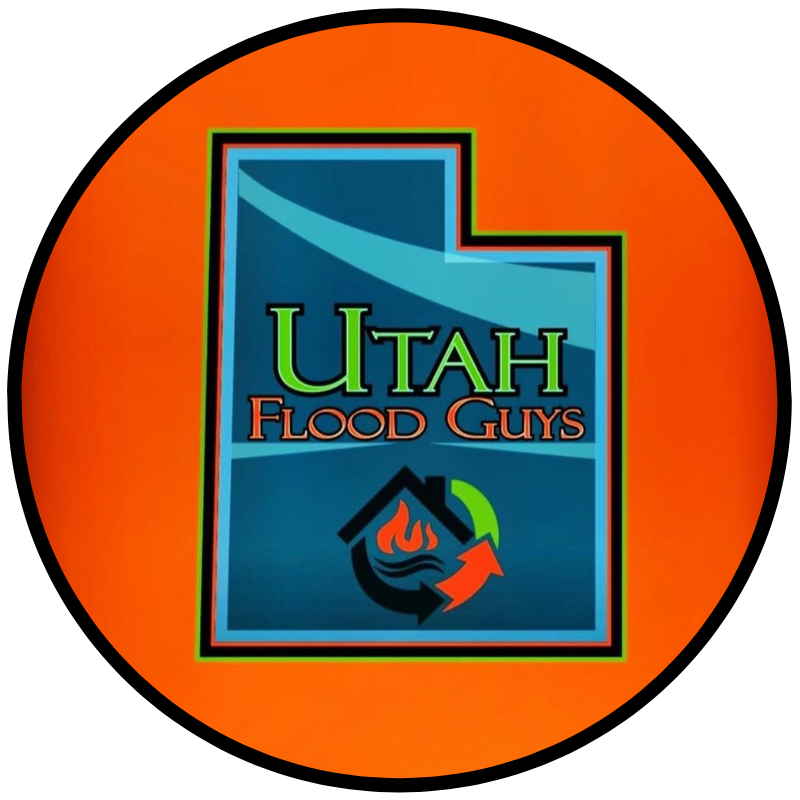Winter Water Damage: Preventing Frozen Pipes and Ice Dams

As the winter season approaches, it brings with it the potential for some serious challenges when it comes to avoiding water damage in your home or business. Frozen pipes and ice dams are two common threats during the colder months, and they can lead to costly repairs and cleanup if not addressed promptly. Here at Utah Flood Guys, we understand the importance of preventive measures to help you avoid the headache of dealing with water damage. In this blog post, we'll share some tips on preventing frozen pipes and ice dams to keep your property safe and dry this winter.
Preventing Frozen Pipes:
One of the most common causes of water damage during winter is frozen pipes. When water freezes inside your plumbing system, it can create pressure that leads to cracks or bursts in the pipes, resulting in leaks and flooding. Here are some steps you can take to prevent frozen pipes:
1. Insulate exposed pipes
Make sure to insulate any pipes that are located in unheated areas such as basements, attics, or crawl spaces. Pipe insulation can help protect them from freezing temperatures.
2. Keep a consistent temperature
Maintain a consistent temperature in your home or business, especially during cold nights. Opening cabinet doors under sinks can also help warm air circulate around pipes.
3. Let faucets drip
Allowing faucets to drip slowly can relieve pressure in the pipes and prevent them from freezing. This is particularly important for faucets along exterior walls.
4. Seal cracks and gaps
Ensure that any cracks or gaps in your walls, windows, or doors are sealed to prevent cold air from seeping in and chilling your pipes.
Preventing Ice Dams:
Ice dams are another winter water damage threat that can occur when snow on your roof melts and refreezes at the edge, creating a barrier that prevents proper drainage. This can lead to water seeping into your home and causing interior damage. Here's how you can prevent ice dams:
1. Keep your roof clear
Removing excess snow from your roof with a roof rake can help prevent ice dams from forming. Be sure to exercise caution and avoid damaging your roof.
2. Proper attic insulation
Ensure that your attic is well-insulated and ventilated to maintain a consistent temperature on your roof. This helps prevent snow melt and ice dams.
3. Seal air leaks
Seal any air leaks in your attic to prevent warm air from escaping and melting snow on your roof, which can contribute to ice dam formation.
By taking these preventive measures, you can help protect your property from the damaging effects of frozen pipes and ice dams. However, if you do experience water damage this winter, don't hesitate to contact Utah Flood Guys for professional restoration services. Our experienced team is available 24/7 to help with water damage cleanup, mold removal, and fire damage restoration. Stay safe and dry this winter by being proactive in preventing winter water damage risks.
You might also like
Utah Flood Guys Blog



